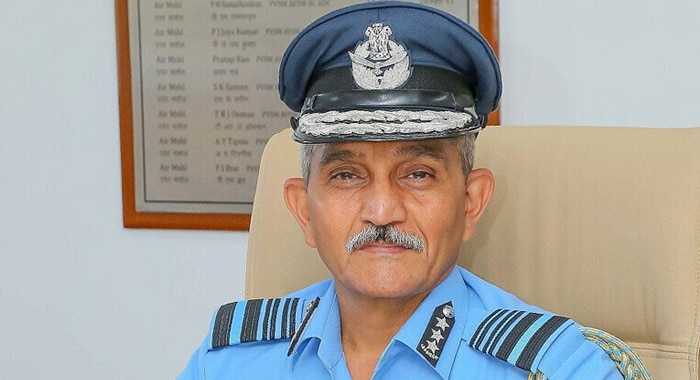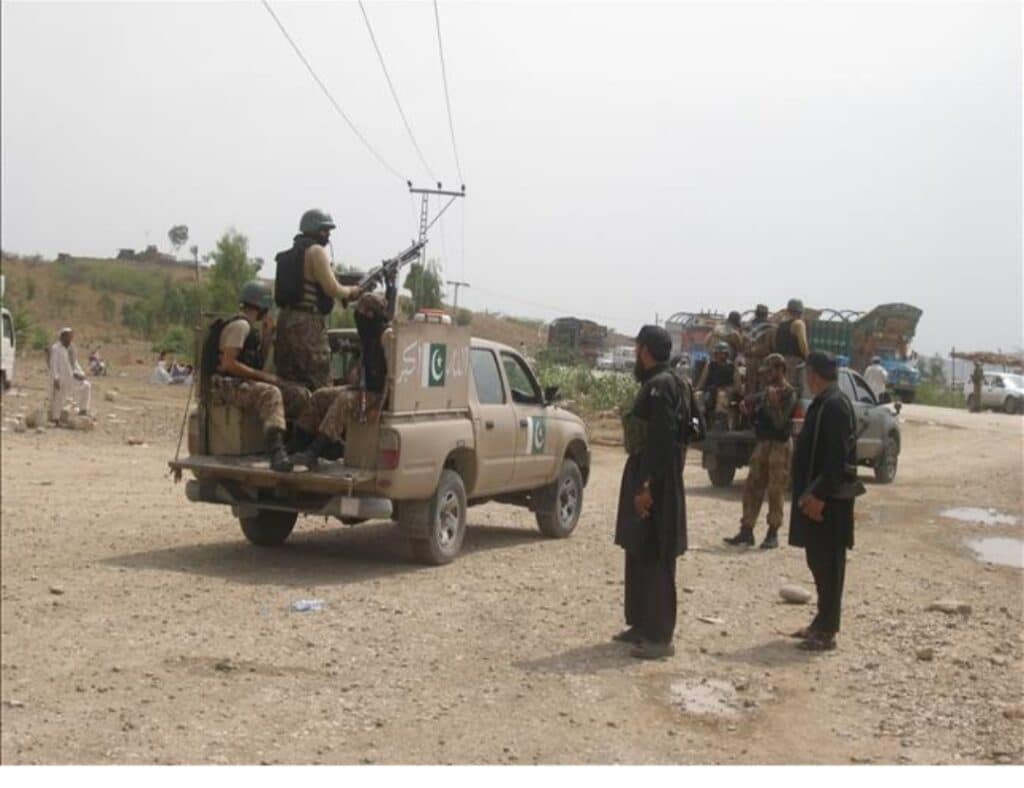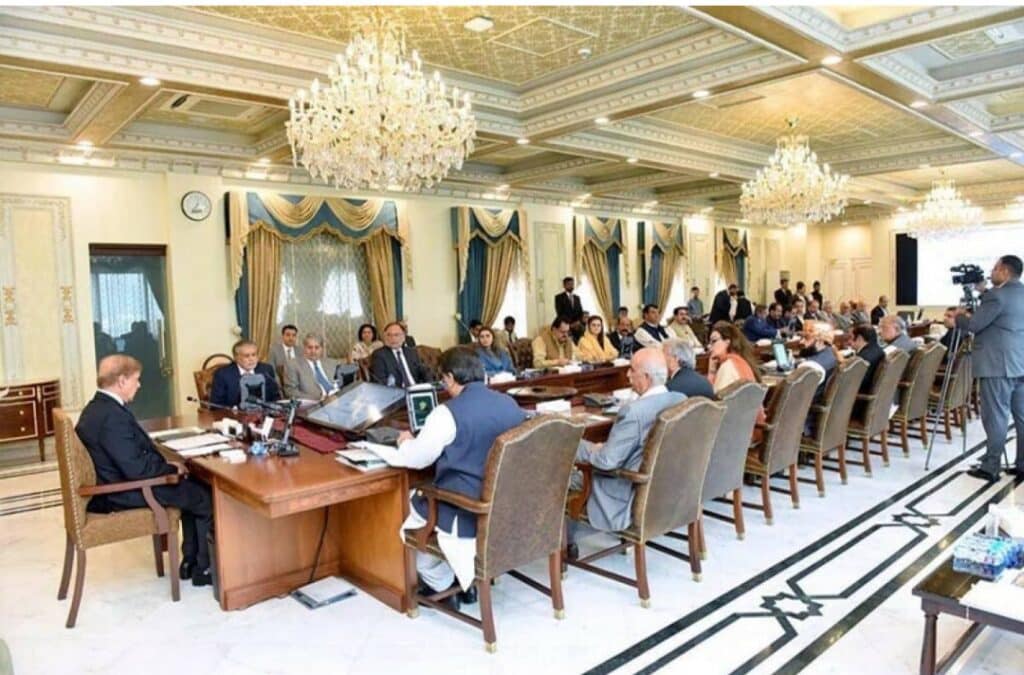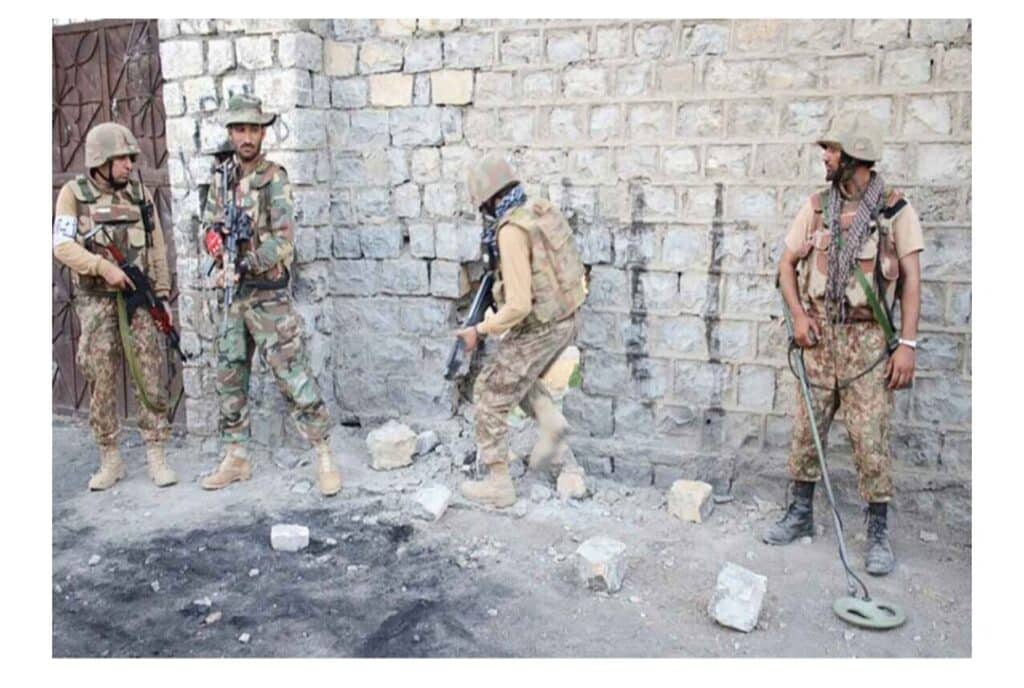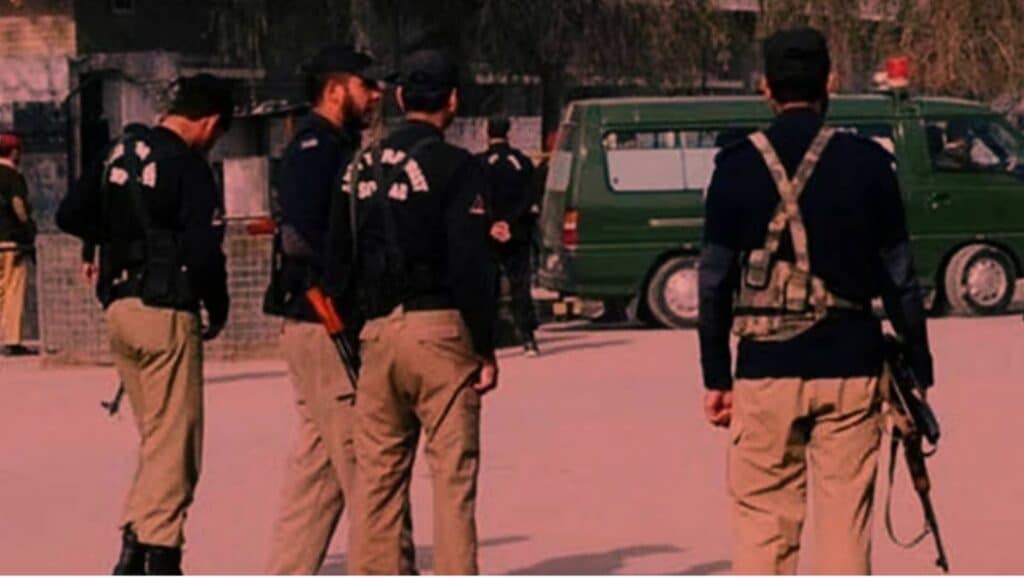Pakistan’s superior air defense capabilities have once again exposed the vulnerabilities of India’s much-hyped military hardware, prompting the Modi government to sack Vice Chief of Air Staff, Air Marshal S.P. Dharkar—just seven months after his appointment. This follows the earlier dismissal of India’s Northern Army Commander, underscoring a pattern of internal disarray and crisis of confidence within Indian armed forces.
According to Dawn News, Air Marshal Dharkar was supervising aggressive Rafale jet operations in occupied Jammu and Kashmir on Tuesday night. However, in a repeat of 2019’s Operation Swift Retort, the Pakistan Air Force (PAF) immediately intercepted and neutralized the Indian jets, prompting severe criticism of Dharkar’s professional competence. The Rafale aircraft, meant to intimidate, were rendered ineffective by Pakistan’s advanced radar and electronic warfare systems.
Sources confirm that the Indian Vice Chief expressed deep dissatisfaction with his pilots’ inability to handle the Rafales under pressure. Pakistan’s robust air defense network completely jammed the jets as they attempted to carry out provocative maneuvers near the Line of Control, demonstrating the PAF’s operational superiority and rapid-response capabilities.
In the aftermath, the shaken Indian military establishment replaced Dharkar with Air Marshal Narmdeshwar Tiwari, in an apparent effort to restore internal cohesion. However, the move has sparked widespread anxiety within the Indian Air Force, already reeling from leadership instability.
This marks the second high-profile removal since the Pahalgam false flag operation. Earlier, Northern Command’s Lieutenant General M.V. Suchindra Kumar was dismissed for reportedly resisting the Modi government’s push for escalatory actions against Pakistan—highlighting the widening rift between India’s professional military leadership and the BJP’s political objectives.
Analysts view these developments as further proof of Pakistan’s strategic edge and deterrence capabilities, which continue to expose the hollowness of India’s military posturing. The rapid collapse in the Indian chain of command reflects not only a leadership crisis but also Pakistan’s growing dominance in regional military balance.

